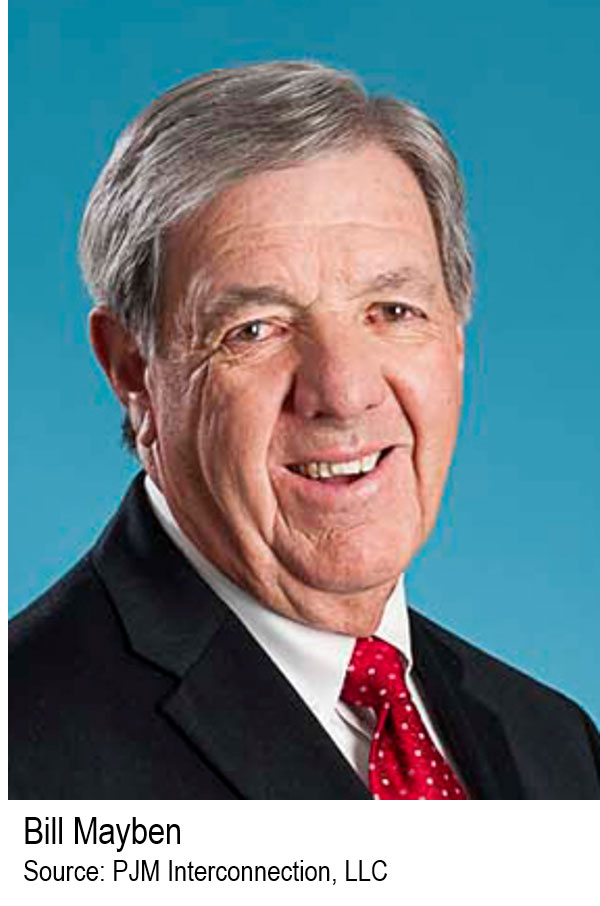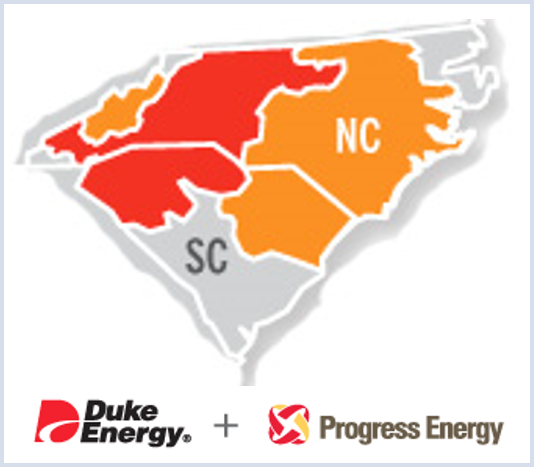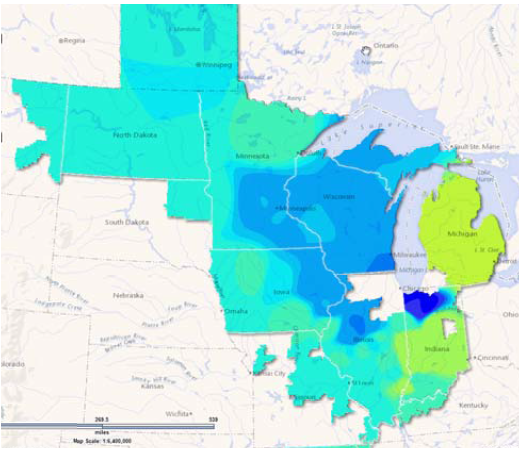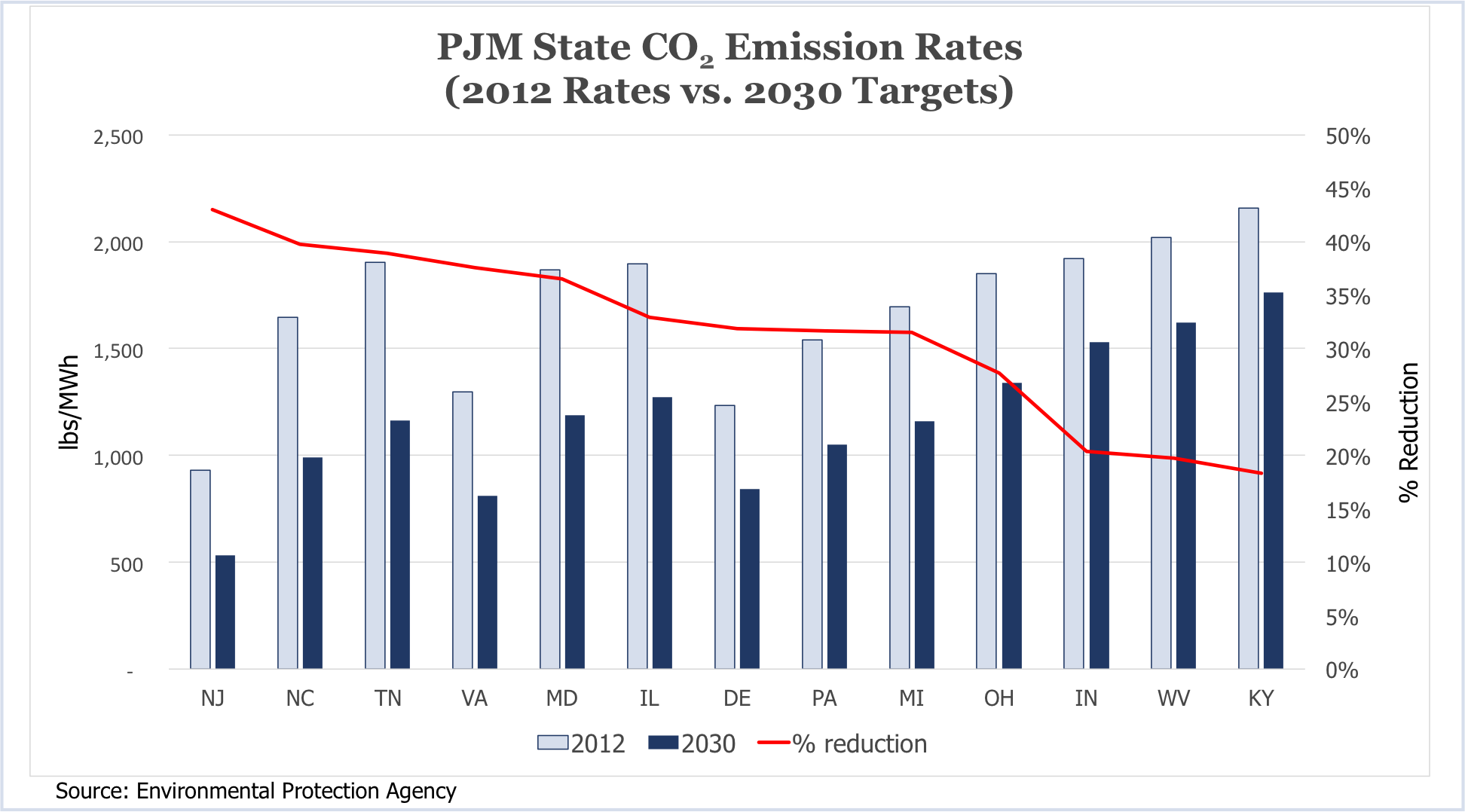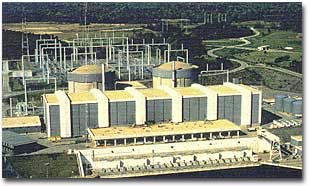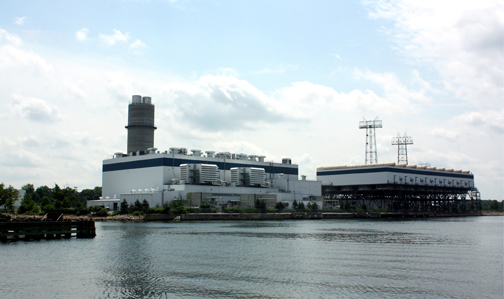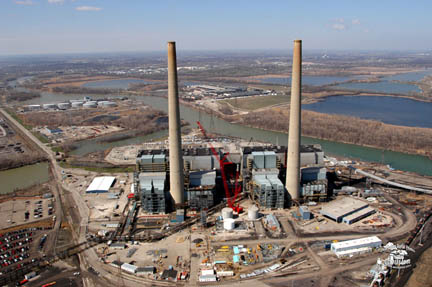By Chris O’Malley
Having won control of the Senate and a wider margin in the House, Congressional Republicans last week threatened to use oversight hearings and appropriations bills to blunt the Obama administration’s proposed carbon emissions rule. But lacking a veto-proof majority, the GOP is unlikely to block the president’s signature environmental initiative.
The Environmental Protection Agency will be accepting comments until Dec. 1 on its proposed rule to reduce power sector carbon emissions 30% below 2005 levels by 2030. The agency will release its final rule June 1, signaling the beginning of all-but-certain legal challenges.
Some states may join those challenges rather than acquiesce and develop implementation plans for EPA approval. In Wisconsin, Republican Brad Schimel was elected attorney general after a campaign in which he vowed to sue the EPA over the rule. Republican Gov. Scott Walker, who opposes the regulation, won his reelection bid. Republicans also won gubernatorial elections in Maryland, Massachusetts, Michigan and Maine.
But Democrat Tom Wolf’s victory in Pennsylvania’s gubernatorial race gave cap-and-trade supporters hope that the state may join the Regional Greenhouse Gas Initiative — and perhaps bring in some of its neighbors as well.
Climate Change Skeptics
The EPA has had no shortage of critics in Congress since 2011, when House Energy and Commerce Chairman Fred Upton (R-Mich.) offered to give then-Administrator Lisa Jackson her own parking spot at the Capitol for her frequent appearances.
Republicans boosted their control of the House to 244-184 Tuesday; seven races are still too close to call or must be determined by a run-off election as of press time. House Majority Leader Kevin McCarthy (R-Calif.) said after the election that he will call for votes later this month on legislation that would require the EPA to make public additional scientific data to justify new regulations.
With Sen. Mitch McConnell (R-Ky.) the presumptive replacement for Nevada Democrat Harry Reid as Senate majority leader, Lisa Murkowski (R-Alaska) taking the chairmanship of the Energy and Natural Resources Committee and climate-change denier James Inhofe (R-Okla.) likely heading the Environment and Public Works Committee, “You’ll see a high level of pressure being put on the EPA,” said Joy Ditto, vice president of government relations at the American Public Power Association.
Republicans hold a 52-44 edge over Democrats in the Senate. (Two independents caucus with the Democrats; Mary Landrieu (D-La.) is facing a runoff election on Dec. 6; and Alaska Democrat Mark Begich is trailing in his race by about 8,000 votes, with an estimated 50,000 absentee and other ballots yet to be tallied.)
EPA’s Clean Power Plan “is the number one oversight target for these committees,” Scott Segal, who heads the Policy Resolution Group at Bracewell & Giuliani, said in a post-election presentation.
Inhofe, who would replace California Democrat Barbara Boxer, has compared the EPA to the Gestapo and is the author of a 2012 book “The Greatest Hoax: How the Global Warming Conspiracy Threatens Your Future.”
Murkowski has called Alaska “ground zero for climate change,” acknowledging the state is experiencing warmer temperatures and thinner ice. But she said she is unsure of the cause. On election night, Murkowski told National Public Radio that a volcano in Iceland was producing “a thousand years’ worth of emissions that would come from all of the vehicles, all of the manufacturing in Europe.”
Her statement brought a sigh from Princeton professor Michael Oppenheimer, who told NPR that Murkowski’s assertion — an apparent reference to Bardarbunga, a volcano that began erupting in August — is untrue. Oppenheimer says annual emissions from Europe are 10 times more than the annual emissions of all volcanoes put together.
Coal to Gas Switch
The EPA has won praise from even opponents of the carbon rule for its outreach efforts with states and the industry. On Oct. 28, the agency responded to criticism of the proposed rule by indicating it might consider a slower shift from coal to natural gas generation. The agency heard objections from coal-dependent states, which said the proposed interim goals might threaten electric reliability and require utilities to abandon coal generators that they recently retrofitted to meet previous EPA regulations. (See EPA Signals Flexibility on Interim Carbon Targets, Coal-Gas Shift.)
“It’s not like farm commodities, where you switch from pigs to chickens” quickly, said Patrick Kiely, CEO of the Indiana Manufacturers Association. Because manufacturing represents 30% of its gross state product — higher than all states — Indiana is particularly sensitive to electricity prices.
Segal said he anticipates tailored legislation such as riders on spending bills and use of the Congressional Review Act, which allows lawmakers to review and even block major rules by federal agencies before they take effect.
“The president would be confronted with a choice,” Segal said. “Do I essentially shut down the EPA or do I work with the Republicans in the House and in the Senate to reform my proposal?”
To nullify the EPA rule under the CRA, however, Republicans would need to win defections of about 46 Democrats in the House and 15 in the Senate to overcome a veto.
A veto override is more likely for legislation calling for approval of the Keystone XL pipeline.
New Senate Leadership
The switch in Senate control will reduce Reid’s influence over appointments to the Nuclear Regulatory Commission and Federal Energy Regulatory Commission. (See Norris Departure Opens Another FERC Seat.) It also will increase the stakes for wind power supporters hoping to win renewal of the Production Tax Credit for renewable energy during the lame duck session.
McConnell has called the administration’s quest to cut carbon dioxide emissions a major threat to Kentucky’s coal industry. But he acknowledged it will be difficult for Republicans to undo the rule.
“It will be hard because the only good tool to do that … is through the spending process, and if [Obama] feels strongly enough about it, he can veto the bill,” McConnell told the Lexington Herald-Leader. “But I view it as a complete outrage that he could not get cap-and-trade through the Congress when he owned the place — owned the place — and decided to do it anyway.”
Although cap-and-trade is not required by the EPA rule, many experts say regional programs such as RGGI, a carbon-trading plan among the Northeast and Mid-Atlantic states, may provide states the cheapest path to compliance. The EPA estimates total compliance costs of $7.5 billion in 2020 (2011$) if states meet the requirements individually, versus $5.5 billion if all states take a regional approach. (See EPA Rule Boosts Regional Compliance, Cap-and-Trade.)
Pennsylvania’s Choice
While the EPA will set the standards, it will be up to the states to figure out how to achieve them. The agency outlined four “building blocks” that could be part of a plan, including improving the efficiency of electric generators; increased reliance on renewables; less carbon-intensive generation; and improved energy efficiency.
Pennsylvania Governor-elect Tom Wolf won election after campaigning on a promise to reduce greenhouse gas emissions and promote development of clean energy in a state where coal and gas have reigned.
Wolf pledged to join RGGI but may face opposition from Pennsylvania’s Republican-dominated General Assembly.
Earlier this year, the legislature passed a bill that would require the state Department of Environmental Protection (DEP) to obtain legislators’ approval before submitting a state plan to the EPA. “Simply put, we cannot allow federal or state regulators the unilateral ability to make these terribly important decisions that will greatly influence our state,” state Rep. Pam Snyder, a Democrat, said last summer.
The Natural Resources Defense Council has dismissed the law as “political theater,” noting that it allows lawmakers to delay, but not block, the DEP from submitting a plan to the EPA.
The law at least gives the General Assembly an opportunity to review the plan and provide input rather than leave it to whims of state or federal regulators, said Adam Pancake, executive director of the Pennsylvania Senate’s Republican-controlled Environmental Resources and Energy Committee.
The state balked at joining RGGI several years ago over concerns that it would constrain future growth and that the state didn’t get enough credit for baseline emissions, said Derek Furstenwerth, senior director of environmental services at Calpine.
Pennsylvania’s decision to join or not will be “very influential,’’ Furstenwerth said last week during a panel discussion at the Energy Bar Association’s mid-year conference in Washington. “Without Pennsylvania, I’m not sure how you’d have Ohio or West Virginia or Virginia join,” he said.
Former DEP Secretary John Hanger, now an attorney at Eckert Seamans, said Wolf could reach an agreement with Republicans to join RGGI. Hanger noted bipartisan success in passing a number of environmental regulations over the years. The state is not only a “powerhouse” in coal and natural gas but also No. 2 in nuclear power and among the top 15 ranking for renewables, he said.
Fracking Votes
Fracking was also an issue on ballots in Pennsylvania — Wolf has called for a 5% severance tax on natural gas drilling in the state – and at least three other states. In Ohio, voters rejected three of four local fracking bans, while prohibitions were approved by Denton, Texas, and two California counties, San Benito and Mendocino.
Meanwhile, fracking advocates say Republican gains in New York’s Senate may put more pressure on Gov. Andrew Cuomo to end a moratorium on drilling.
Room for Bipartisanship?
Consultant Jeff Navin, onetime aide to former Sen. Tom Daschle, told Bloomberg News that Republicans will be under pressure to move beyond “message votes” and pass legislation that Obama can sign.
“There will be increased pressure on Republicans to legislate and to make Congress functional, especially given what’s at stake in 2016,” he said.
Some observers see the potential for agreement on a bill by New Hampshire Democrat Jeanne Shaheen and Ohio Republican Rob Portman, which seeks to boost energy efficiency for residential and commercial buildings.
Nuclear power also could find bipartisan backing. The resource, which has traditionally enjoyed Republican support, has gained some environmentalist allies because of its role as a baseload source of carbon-free generation.
And while many Republicans oppose subsidies for wind, others from rural areas that are home to wind farms have been supportive of the PTC.
Ditto said she hopes to see bipartisan support for provisions to help expand pipelines and storage to accommodate growing use of natural gas for power generation. That includes a favorable permitting climate needed to make such investments. “That’s one of our key concerns with the Clean Power Plan,” she said.
Rich Heidorn Jr. contributed to this article from Washington.
